If you’re looking for a way to use up those eggshells and give your plants a boost of nutrients at the same time, look no further than using eggshells as fertilizer. It’s a simple process that can really give your plants a boost. Here’s a step-by-step guide on how to do it.
The Chemical Composition of Eggshell
Eggshells are an excellent source of calcium for your garden. Eggshells can be used as a fertilizer by crushing them up and adding them to your soil. In fact, they contain about 95% calcium carbonate. Calcium is an important nutrient for plants, helping them to grow strong and healthy.
Once they’re crushed, sprinkle them around your plants and water them in. You can do this by putting them in a bag and using a rolling pin to roll over them, or by using a food processor or blender. To use eggshells as fertilizer, simply crush them up and add them to your soil.
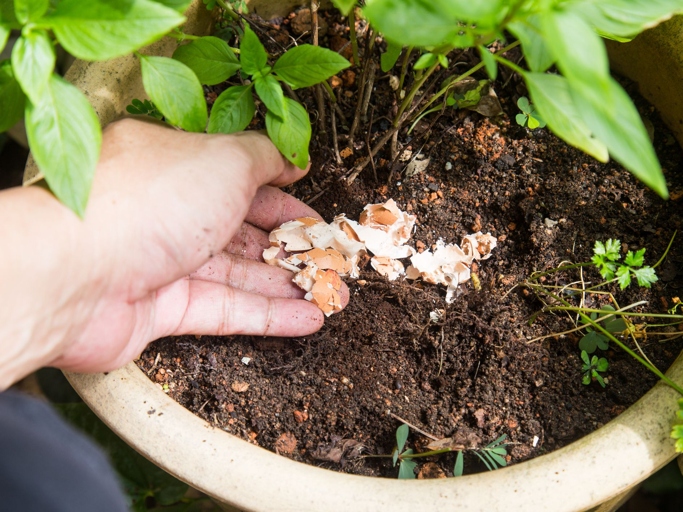
So next time you have some leftover eggshells, don’t throw them away – put them to good use in your garden! Eggshells are a great way to add calcium to your garden, and they’re free!
The Use of Eggshells for Houseplants
Eggshells are an excellent source of nutrients for houseplants. They are high in calcium and other minerals that plants need for healthy growth. Eggshells can be used as a fertilizer by crushing them into a powder and sprinkling them around the base of the plant. They can also be added to the soil when planting new plants.
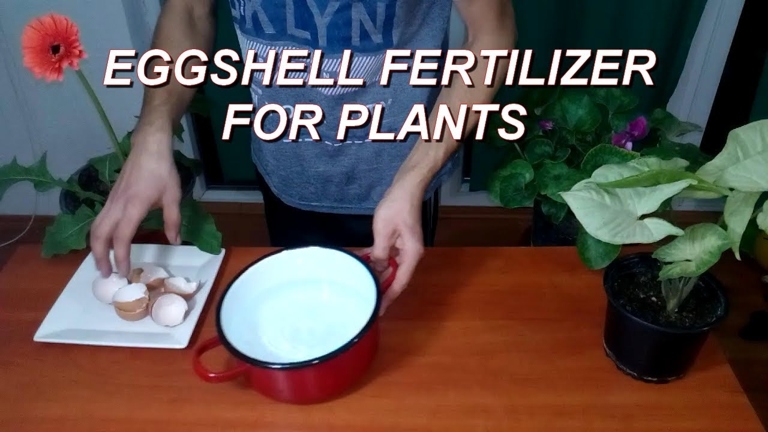
The eggshells can then be crushed into a powder using a mortar and pestle or a coffee grinder. Eggshells should be rinsed before using them as fertilizer. This will remove any bacteria that may be present on the shells.
To use eggshells as fertilizer, sprinkle them around the base of the plant. This will give the plants a boost of nutrients that will help them to grow quickly and healthy. For best results, do this every two weeks. Eggshells can also be added to the soil when planting new plants.
Collecting Eggshells
Eggshells are a natural source of calcium and other nutrients that can be beneficial to your plants. Here’s a step-by-step guide to collecting and using eggshells as fertilizer.
Collect eggshells from your kitchen. 1. Rinse them off to remove any residue of egg.

Let the eggshells dry completely. You can do this by spreading them out on a paper towel or baking them in a low oven for a few minutes. 2.
Once the eggshells are dry, crush them into small pieces. 3.
4. Add the eggshells to your compost pile or mix them into the soil around your plants.
Give it a try and see the difference it makes in your plants! Eggshells are an easy and inexpensive way to add nutrients to your garden.
Advantages and disadvantages
There are both advantages and disadvantages to using eggshells as fertilizer. One advantage is that eggshells are a natural source of nutrients that can help promote healthy plant growth. Eggshells also help to improve drainage and aeration in the soil. Additionally, eggshells can be sharp and may damage plant roots if they are not used properly. However, one disadvantage of using eggshells as fertilizer is that they can take a long time to break down in the soil.
Preparation of Egg-shell Extracts and Fertilizer for Indoor Plants
Eggshells are a common household item that can be used to fertilize indoor plants. To prepare eggshells for use as fertilizer, first wash them to remove any dirt or debris. Eggshells contain high levels of calcium, which is essential for plant growth. Then, place the eggshells in a blender or food processor and blend until they are a fine powder.
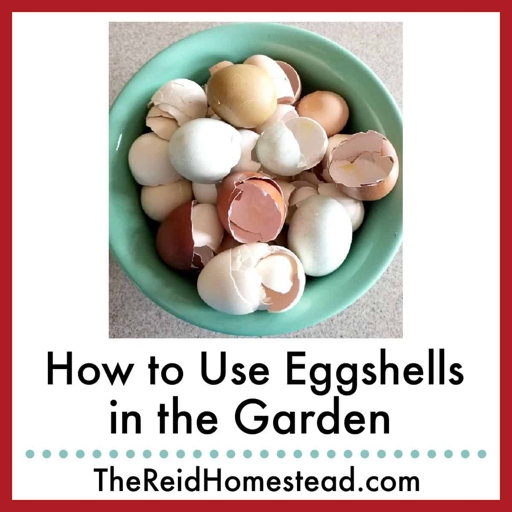
To make eggshell tea, place one cup of eggshells in a quart of boiling water and let steep for 24 hours. Strain the eggshells from the water and use the liquid to water your plants. Eggshells can also be used to make a liquid fertilizer by steeping them in water for several days. To use eggshell powder as fertilizer, simply sprinkle it around the base of your plants. For best results, apply eggshell powder to your plants every two weeks.
With just a little preparation, you can give your plants the boost they need to thrive. Eggshells are an excellent source of nutrients for indoor plants and are a great way to recycle household waste.
Preparation of egg-shell powder – step-by-step instruction
To make your own eggshell powder for use as fertilizer, start by boiling the eggshells in water for 10 minutes to kill any bacteria. Once dry, grind the eggshells into a fine powder using a coffee grinder, food processor, or mortar and pestle. Next, let the eggshells air dry or dry them in a dehydrator or oven set to low heat.
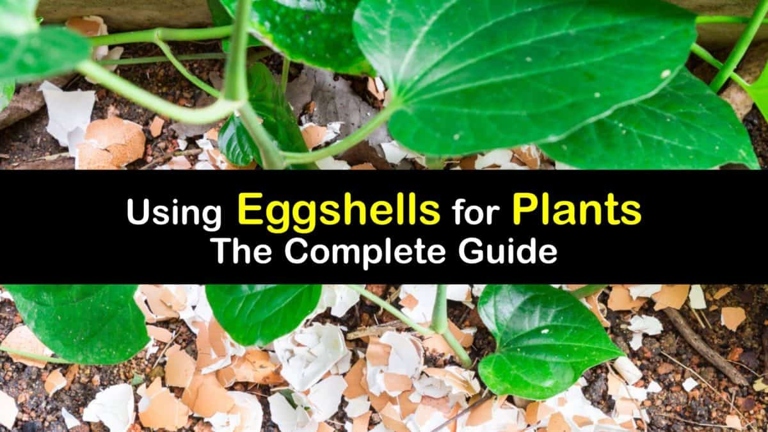
To use the eggshell powder, mix it with water at a ratio of 1 tablespoon of eggshell powder per 1 gallon of water. Apply the mixture to your plants’ roots, or sprinkle it around the base of the plant. For best results, apply the eggshell powder every two weeks.
Application of Egg-shell Powder Fertilizer to Indoor plant
Eggshell powder is an organic fertilizer that is rich in calcium and other minerals. Eggshell powder can be applied to the soil around the base of the plant, or mixed into the potting mix before planting. It is a popular choice for indoor plants, as it is less likely to burn the roots than other types of fertilizer.
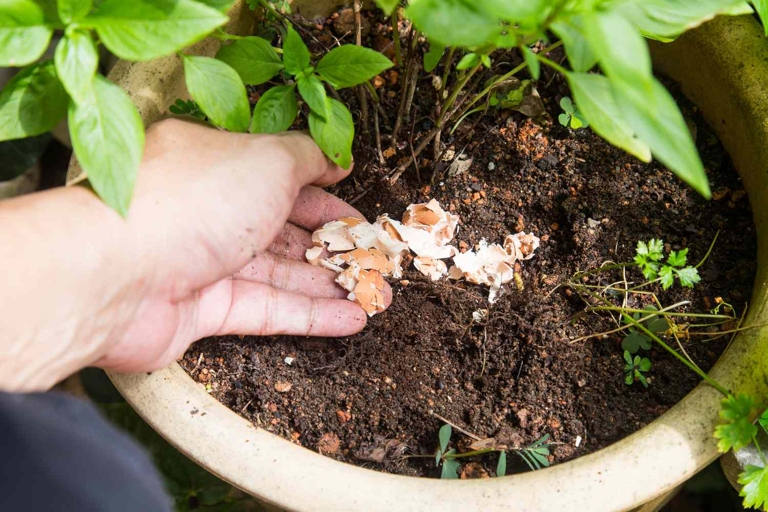
Be sure to mix the eggshell powder into the soil thoroughly before planting. For best results, apply it to moist soil and water thoroughly after application. Simply add 1-2 tablespoons of eggshell powder per gallon of potting mix. Eggshell powder can also be mixed into the potting mix before planting. To apply eggshell powder to the soil, simply sprinkle it around the base of the plant.
Best Plants for Eggshell Fertilizer Application
Eggshells also help to improve drainage and aeration in the soil. They can be used as a fertilizer by crushing them up and adding them to the soil. Eggshells are an excellent source of calcium for plants.
For best results, crush the eggshells into a powder before adding them to the soil. Some plants that benefit from eggshell fertilizer include tomatoes, peppers, eggplants, and roses. Eggshells should be added to the soil at the time of planting or when transplanting.
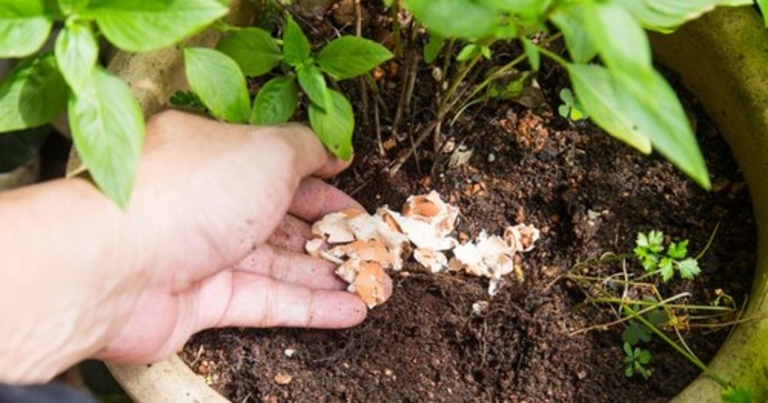
Eggshells can be added to your compost pile along with other organic matter such as leaves and grass clippings. The eggshells will help to improve the drainage and aeration of the compost. If you have a lot of eggshells, you can compost them.
Eggshells for Seedlings
Calcium is essential for strong cell walls, which helps your plants to grow strong and healthy. Eggshells are an excellent source of calcium for your plants. Eggshells also help to aerate the soil and improve drainage.
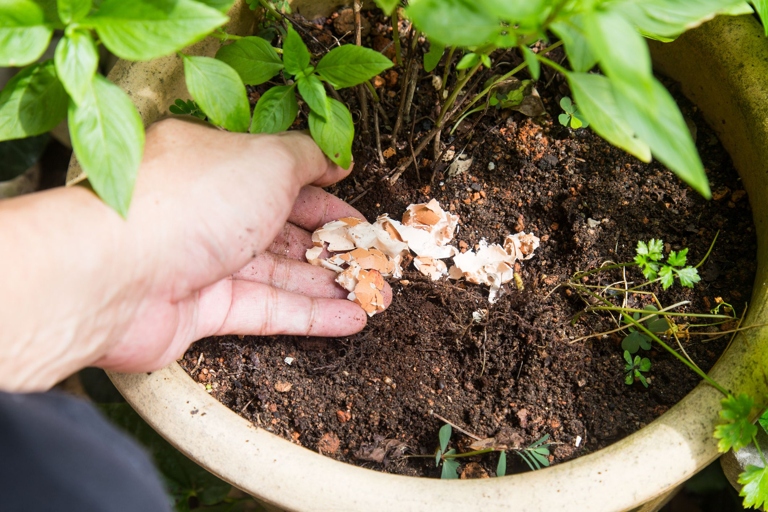
To use eggshells as fertilizer, simply crush them up and sprinkle them around the base of your plants. You can also add them to your compost pile. Eggshells will take a few months to break down, so be sure to add them to your compost pile in the fall to give them plenty of time to decompose.
Frequently Asked Questions
1. How do I use eggshells as fertilizer?
To use eggshells as fertilizer, simply crush them up and sprinkle them around your plants. You can also add them to your compost pile.
2. How often should I use eggshells as fertilizer?
You can use eggshells as fertilizer every time you hard boil eggs. Just be sure to crush them up before using them.
3. Do eggshells provide nutrients for plants?
Yes, eggshells are a good source of calcium for plants. Calcium is essential for plant growth and helps prevent blossom end rot.
4. Will using eggshells as fertilizer make my plants more likely to attract pests?
No, using eggshells as fertilizer will not attract pests. In fact, eggshells can help deter slugs and snails.
5. Do I need to wash my eggshells before using them as fertilizer?
No, you do not need to wash your eggshells before using them as fertilizer. However, if you want to, you can rinse them off with water.
Final thoughts
Eggshells are an excellent, all-natural source of calcium. And when you use them as fertilizer, they can help to keep your plants healthy and strong. Just follow these simple steps and you’ll be on your way to using eggshells as fertilizer in no time.
